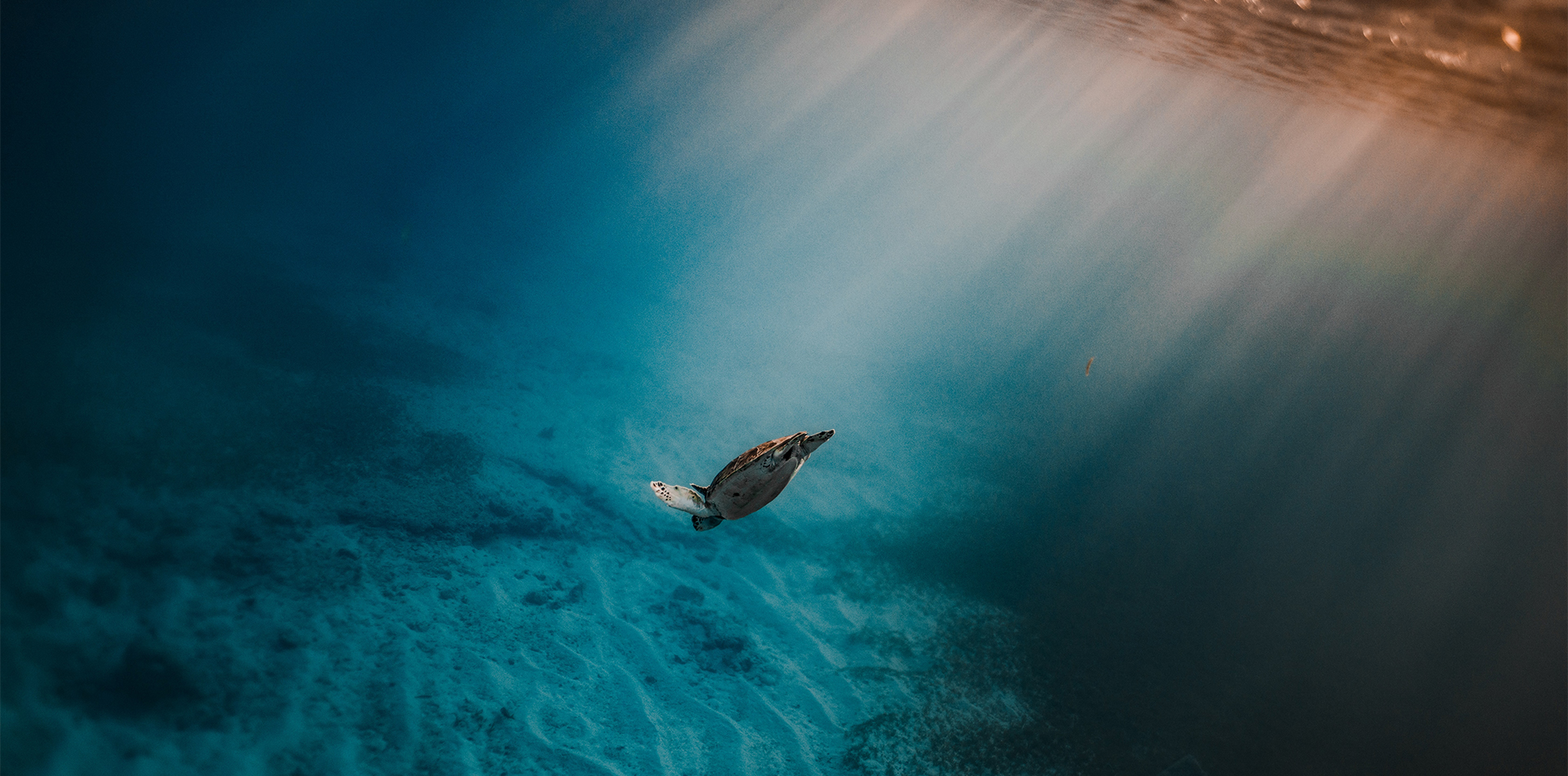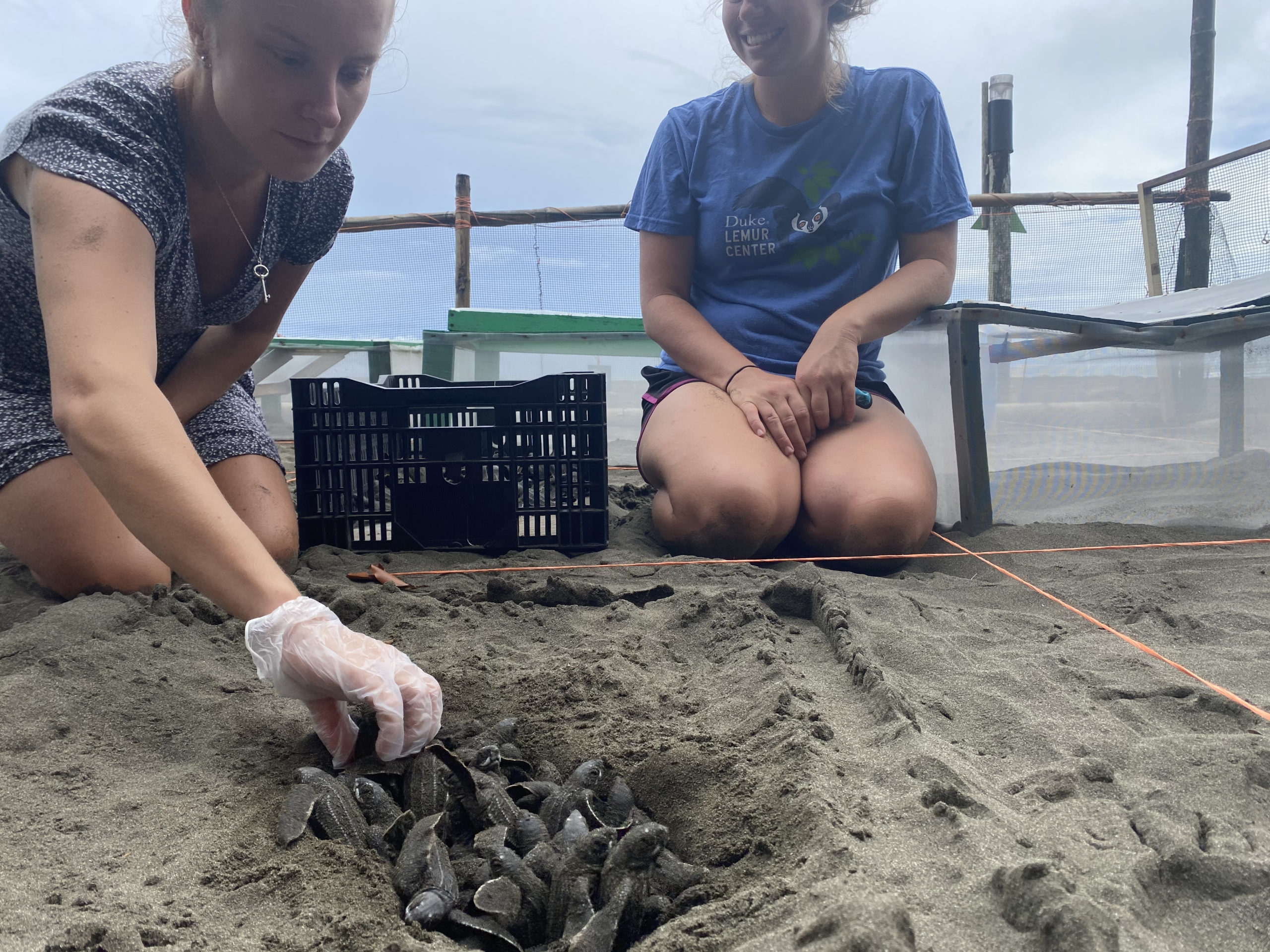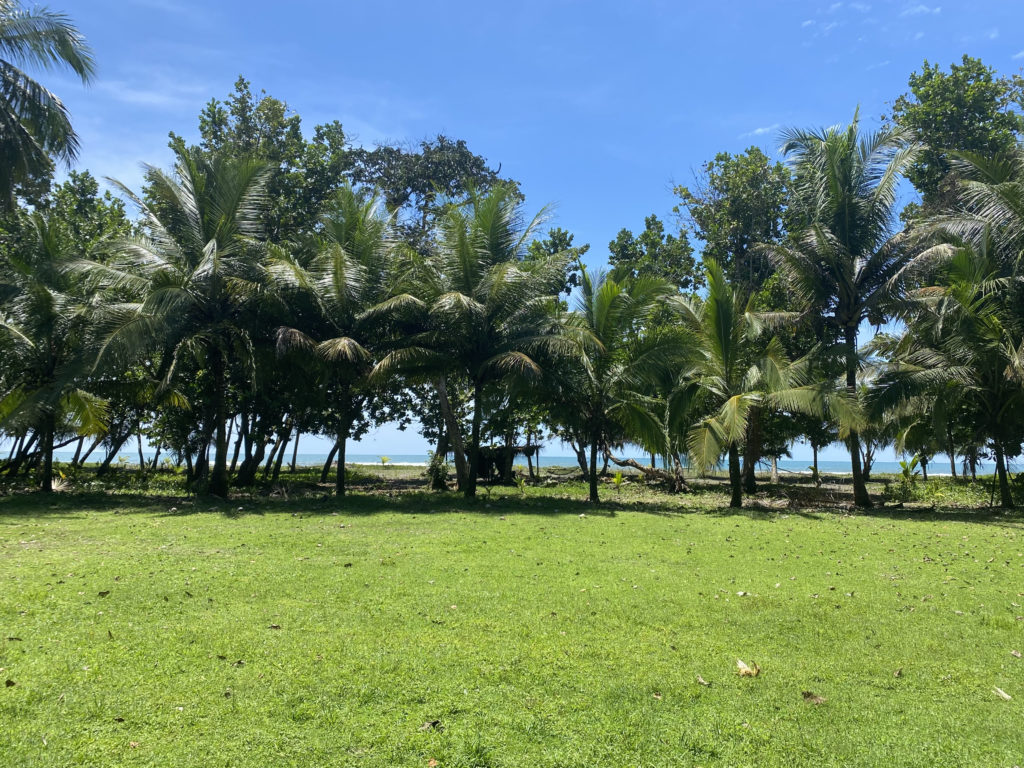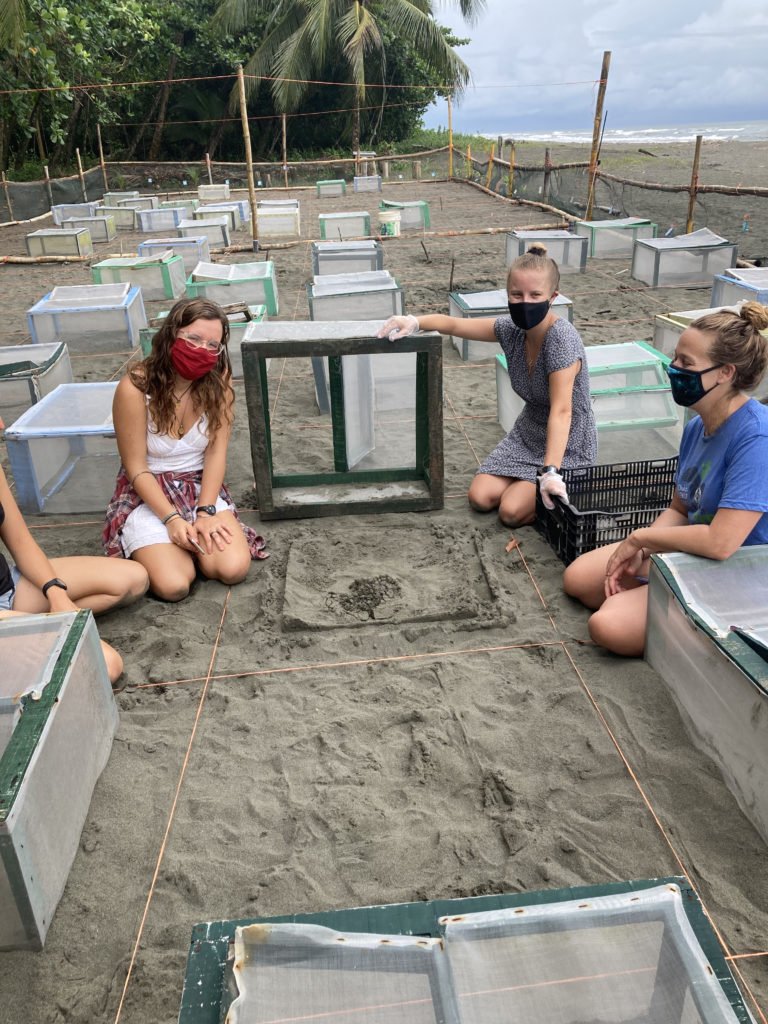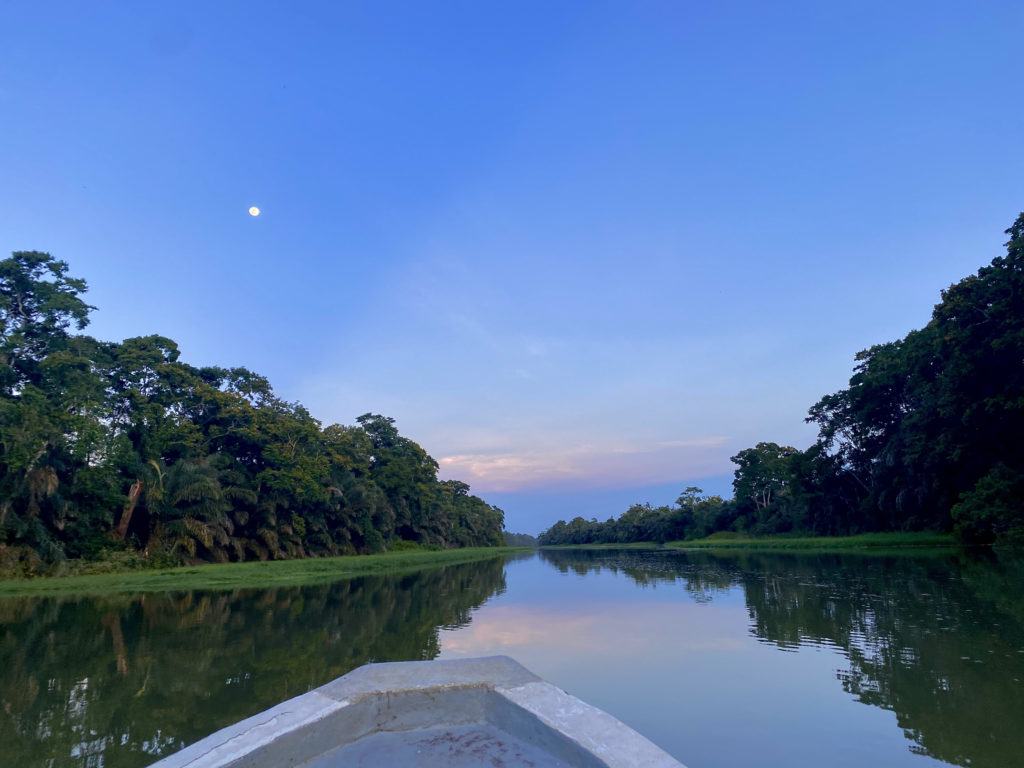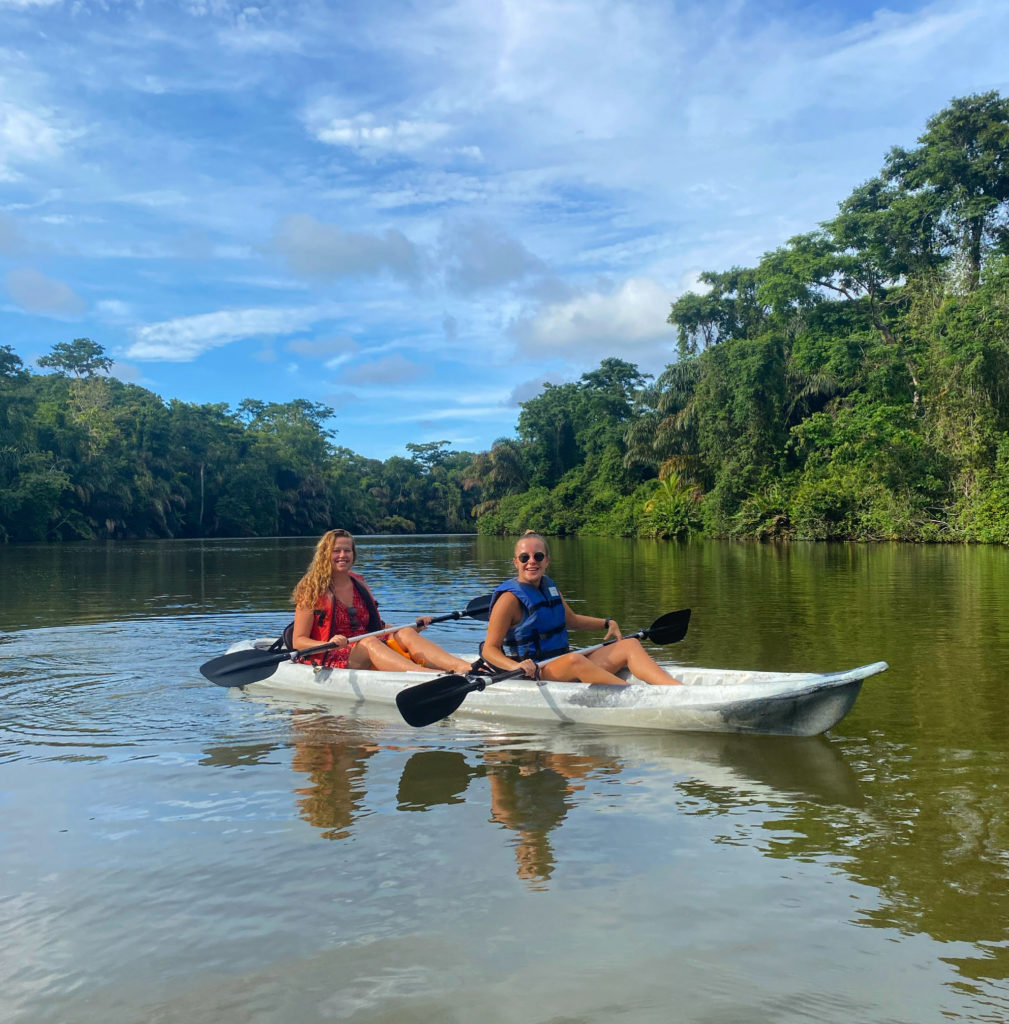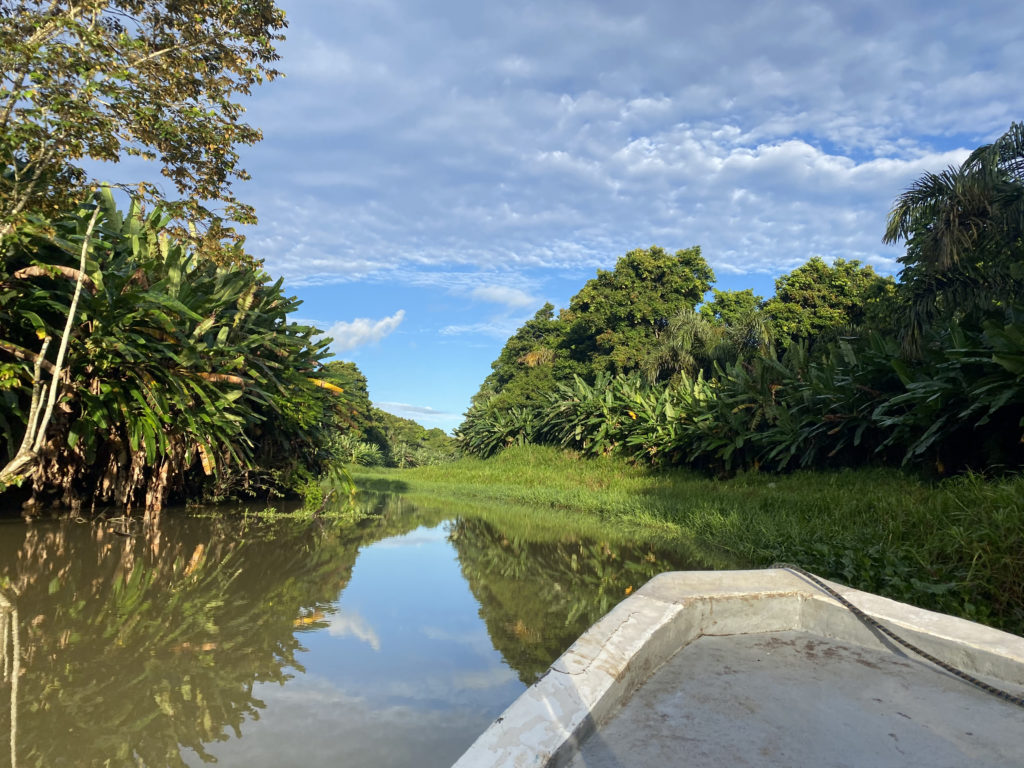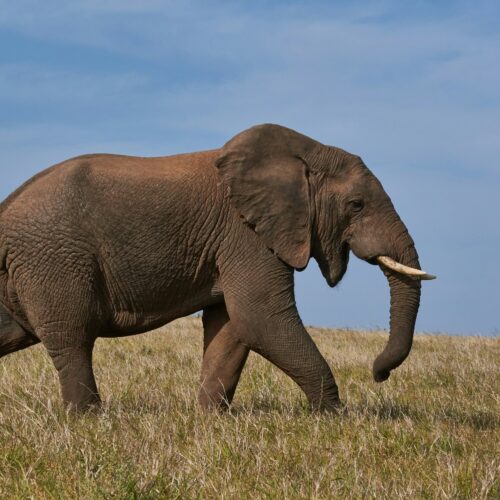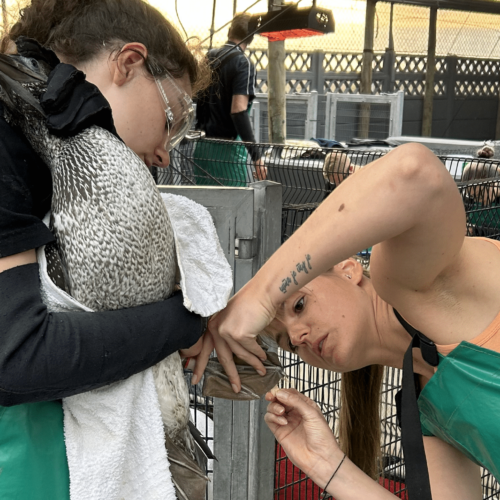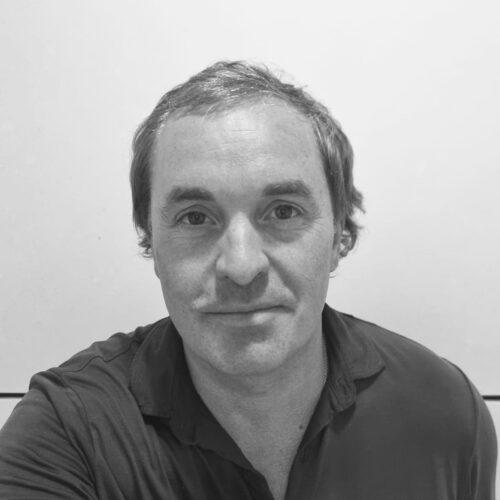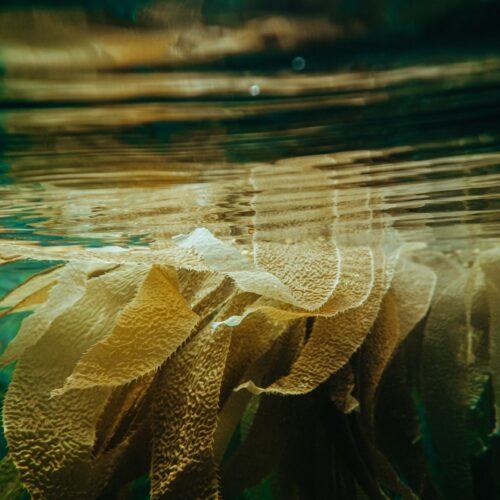What was your most rewarding moment during your time in Costa Rica?
One night, I was particularly exhausted, my assistant (Jeffry) and I had a really busy evening. We had seven individual turtles emerging within about 300 metres of each other at roughly the same time. I spent the entire five hours of patrol working turtles individually, without any assistance. For me it was very rewarding as it showed how far I had progressed from the beginning where I never thought I would be able to work a turtle by myself, and now I was easily doing three individuals at one time.
Additionally, at the end of the season, we had a few females still nesting and hatchlings emerging on the same night from nests earlier in the season. For me, it’s really rewarding to see the entire process within one night. From watching the mothers lay their clutch, the eggs being relocated, and the eggs hatching. When you can see a direct result from the hard work you’ve been putting in all season, as well as evidence that the conservation is effective, it’s an amazing feeling.
Please may you provide an example of interesting data gathered.
This season we have relocated 318 nests and released over 6000 hatchlings in the sea. From the 318 nests, 10 were sadly poached, however if this is compared to the 100% poaching rate before the station was founded, it is a vast improvement!
In the hatchery the quadrat location where a nest is relocated range from the ocean, to shaded vegetation. We discovered the nests located near vegetation took longer to incubate, however upon hatching, the success rate was high. We believed this could be due to lower incubation temperatures in nests that are shaded, and therefore a reduction in embryos dying from over-heating.



